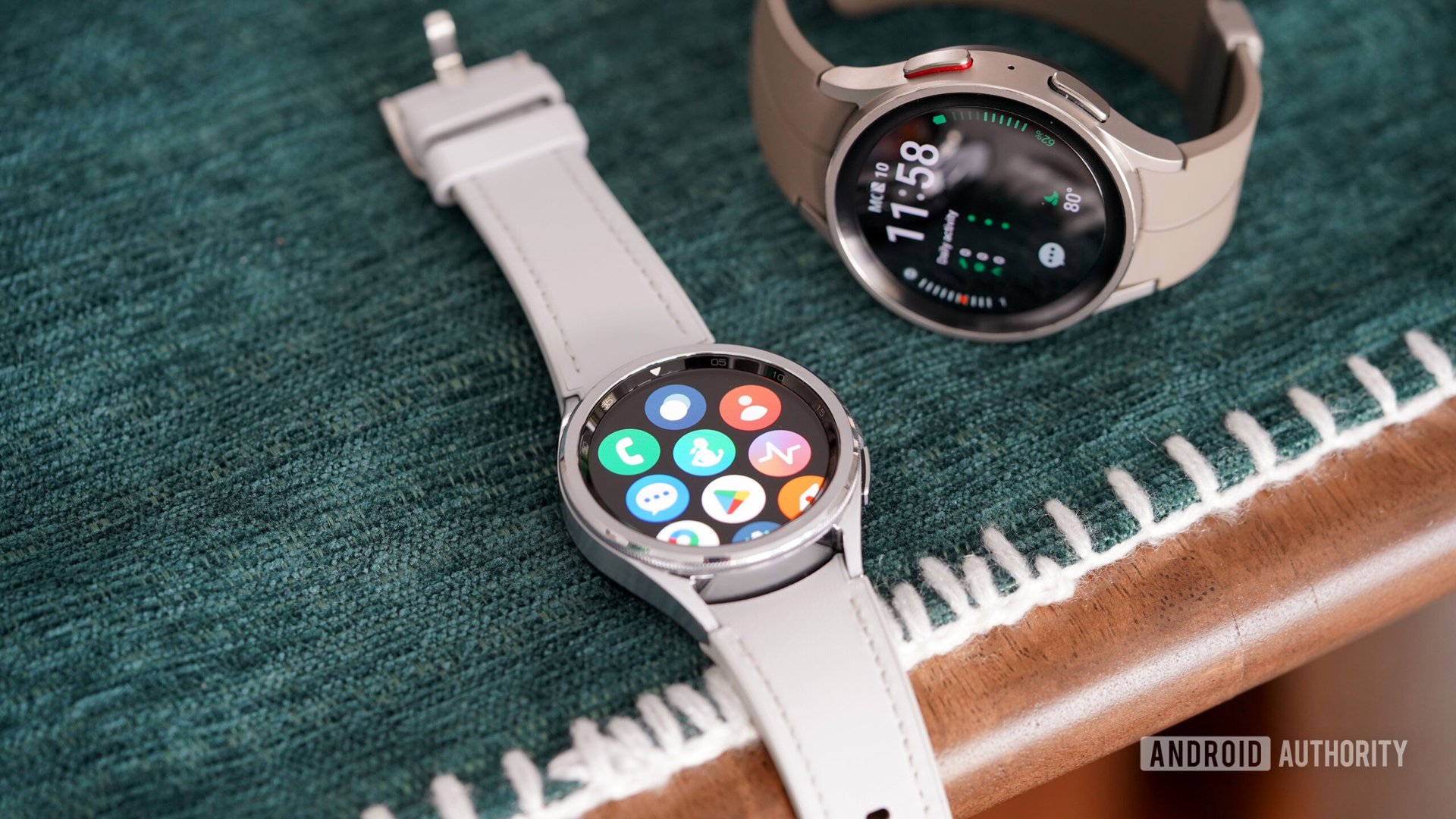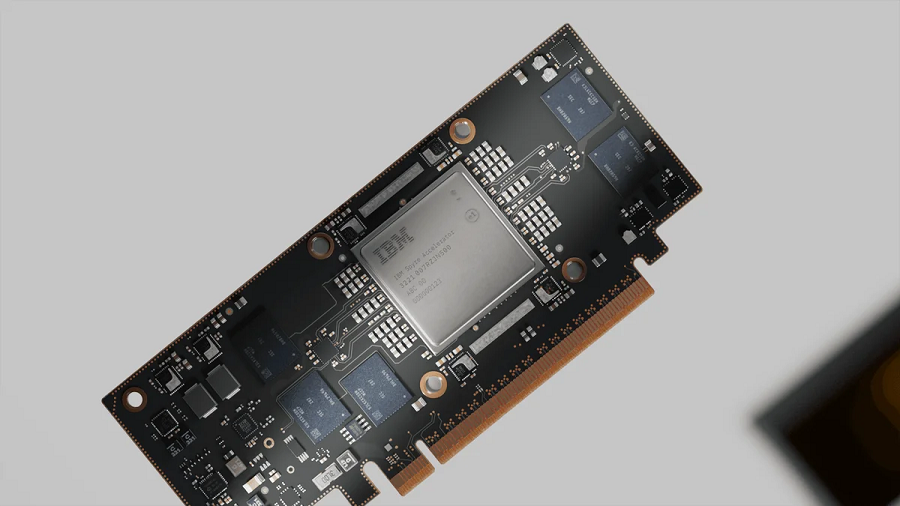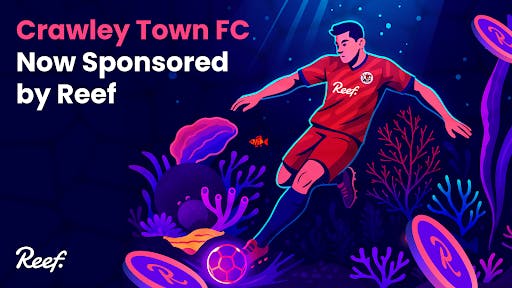I first came across OpenWater’s technology around 2018, through a TED talk by the company’s founder, Mary Lou Jepsen. At the time, I was deeply interested in how a direct connection could be established between the human brain and computers. When it comes to brain-computer interfaces, most people probably think first of Elon Musk’s Neuralink. It’s undoubtedly a highly promising technology, but it has a major drawback: it requires serious brain surgery. Was there no method for building brain-computer interfaces without having to insert a bunch of wires into our brains?
From that TED talk, I learned that there is indeed an alternative. Near-infrared light can penetrate the skull and brain tissue, and by analyzing the exiting light, information can be read—and with proper focusing, even neurons can be stimulated. From a technological standpoint, the task is extremely complex, but it does not seem impossible. Of course, a device that can see inside the human body isn’t useful “only” for reading thoughts. It could also enable the early detection of cancer, stroke, and other abnormalities. Essentially, it would be like having a wearable MRI machine—but I’ll dive deeper into that later in the article. This was my first encounter with OpenWater, and at the time, I had no idea that it was just the tip of the iceberg.
From what I’ve described so far, it’s already clear that it is a revolutionary technology—one that could fundamentally transform our world. However, OpenWater made a move that was even more groundbreaking than the technology itself.
In 2024, they announced that OpenWater would make its patents freely available and grant open access to all of its knowledge, including hardware designs, software code, datasets, and more. I have long been a fan and supporter of open-source principles, but I never dreamed that such a significant technology would be made fully open. Mary Lou Jepsen recognized the immense opportunity that open-sourcing could bring.
If you truly want to change the world, you must remove every barrier to the spread of your technology—including those imposed by the patent system. Exponential progress simply cannot be sustained if the free flow of knowledge is hindered in any way.
This is a model we already know well in the software world. Just think of Linux or the Android operating system. Today, it’s almost impossible for a proprietary software technology to survive for long—once an open-source alternative appears, it usually overtakes the closed version in a short time. We are seeing the same trend now with AI models.
In the software industry, open-sourcing has practically become a necessity. However, in the hardware sector—especially in medical-related fields like OpenWater’s—this approach is still extremely rare. Jepsen has taken a pioneering role here, and I cannot overstate the importance of this decision.
To avoid any misunderstanding: open-source does not mean free of charge. Just because something is open-source doesn’t mean the company will lose its ability to make a profit—it simply means the business model will be different. There is a tremendous amount of money within the ecosystems that form around open-source technologies, and companies operating in this space can still be excellent investments. We’ve seen countless examples of this in the software industry, and there are also several successful open hardware projects—although admittedly, none have had an impact quite as significant as OpenWater’s device.
As I mentioned earlier, the decision to open up the technology was already a huge surprise to me—but the biggest shock came when I saw Jepsen and Vitalik Buterin together on stage. I have great respect for both of them, as they are working on technologies that have a truly profound impact on the world. However, up until that moment, I saw them as belonging to two completely different worlds. Jepsen is developing revolutionary medical hardware, while Vitalik is the creator of the Ethereum blockchain.
How did these two end up sharing a stage? The answer is actually quite simple: the common denominator is open-source. Both are committed to building a world where the free flow of knowledge and resources faces no barriers. Just as Jepsen recognized the transformative power of open-source, Vitalik recognized the potential in Jepsen and OpenWater. That’s why he supported the project with $50 million worth of cryptocurrency. Of course, $50 million is a huge amount of money—but the real significance lies not in the amount, but in who provided it. A gesture like this could help draw even more attention to this groundbreaking technology.
Mary Lou Jepsen is not Elon Musk. She doesn’t make controversial statements, nor can she single-handedly generate the kind of hype around her technology that Elon can. Yet the technology she is working on is at least as important—if not even more so—than the projects Elon Musk’s engineering teams are developing.
But What Exactly Can OpenWater’s Technology Do?
Since I have already written a full article about this here on HackerNoon, I’ll just give a brief summary. What the company is developing is an acousto-optic platform—a set of technologies and devices that use near-infrared light and focused ultrasound to see inside the human body and, if needed, induce changes at targeted locations. I realize this is a fairly broad description, but it’s actually the best way to highlight that we’re not talking about a single, specific device. Instead, it’s a versatile platform that can be adapted for many different purposes. These devices are built using components commonly found in mobile devices—such as lasers, CCD cameras, ultrasound sources, and more—which means they can be mass-produced cheaply and easily. For those interested in a deeper dive into the technology, you can find more detailed explanations in my earlier articles:
OpenWater: A Revolutionary Open-source Wearable MRI and BCI Device
The Silicon Hospital: Silicon and Software Could Replace Drugs
Next, let’s take a look at a few typical use cases where the OpenWater platform could be applied.
Wearable “MRI”
Do you know the real cure for cancer? No, I’m not thinking of a special drug. There’s a much more straightforward solution: prevention. Most types of cancer become truly dangerous only once they have spread throughout the body. In the early stages, we’re usually dealing with just a small cluster of abnormal cells—something that can often be easily removed if detected in time. The real challenge is that cancer can hide silently, and by the time symptoms appear, it’s often too late. Imagine if people could go for an MRI scan every month, allowing their entire body to be screened and any abnormality caught early. Unfortunately, MRIs are expensive and complex. Scanning every person monthly is simply an impossible task.
This is where OpenWater’s wearable devices could offer a solution. Not only could they scan the body monthly—but they could monitor it continuously, 24 hours a day, and alert users immediately if any problem arises. Not just if cancer begins to develop, but also in cases of blocked blood vessels or any other negative physiological changes. A technology like this could drastically increase human life expectancy and significantly improve the quality of life.
And let’s not forget: it could also save billions of dollars for public healthcare systems. Such a technology would be highly attractive not only for individuals but also for governments, private healthcare providers, and insurance companies.
Drug-Free Treatment with Ultrasound
Focused ultrasound isn’t just useful for scanning the body—it can also be used to treat existing abnormalities. Promising experiments have shown that focused ultrasound can destroy certain cancer cells and that by stimulating neurons, it may be possible to treat conditions like depression. In many cases, expensive drug therapies could potentially be replaced with affordable hardware-based treatments.
Brain-Machine Interface
As I mentioned in the introduction, my favorite field is brain-computer interfaces. The OpenWater platform makes it possible to build non-invasive neural interfaces that can read from and write to brain neurons using light and ultrasound. I won’t go into the technical details here, as I have covered them extensively in the two earlier articles linked above.
It’s clear that OpenWater’s technology is truly revolutionary—something that could have a profound impact on our lives and the entire world. It is a breakthrough on par with the arrival of the Internet or mobile devices in the field of healthcare. What’s even more remarkable is that this technology is paired with an open, revolutionary business model that goes beyond the innovation itself. In my opinion, given the potential impact, this project still doesn’t receive the attention it deserves. Gestures like Vitalik’s $50 million donation may help change that. And perhaps, in my own small way, this article can contribute a little bit as well.











